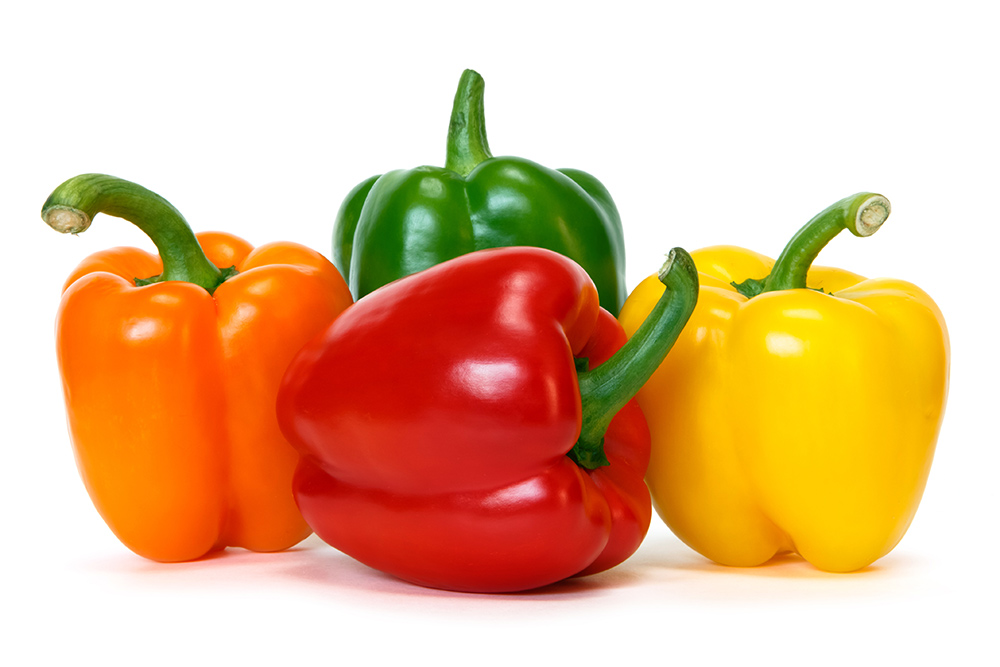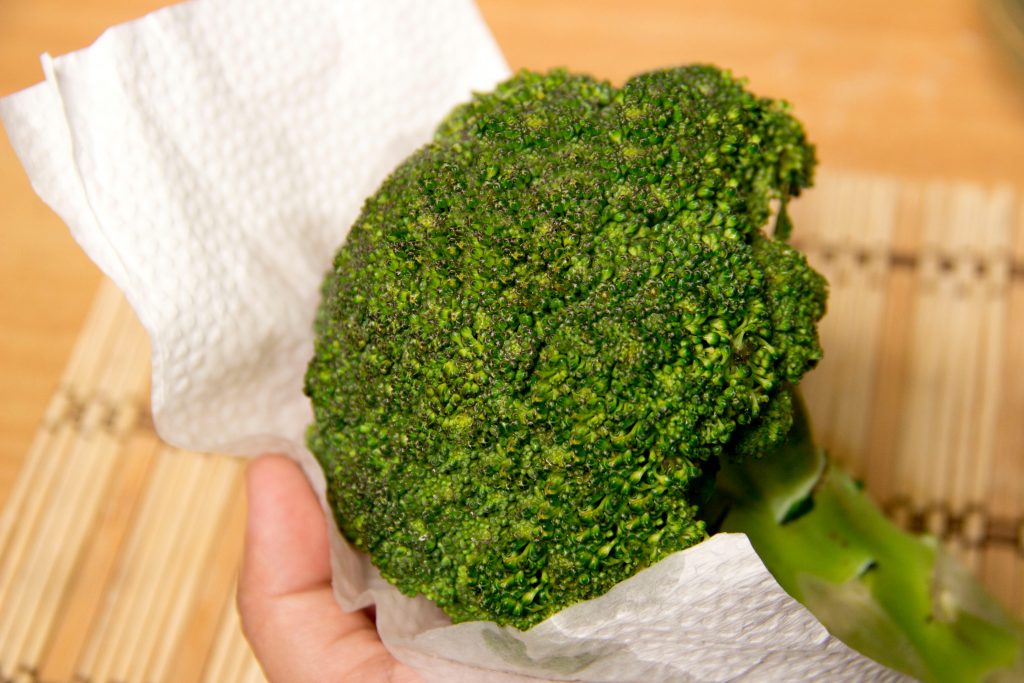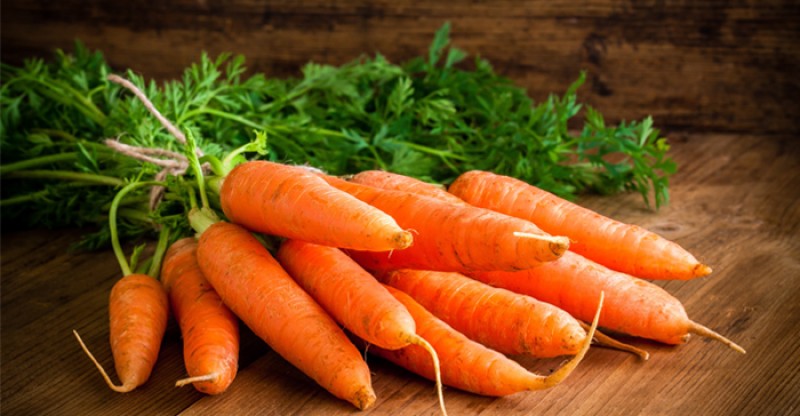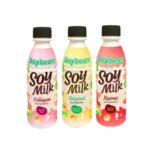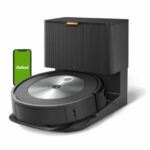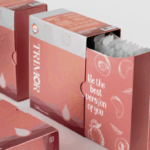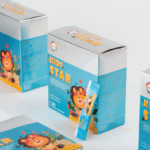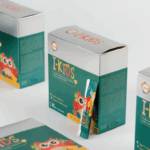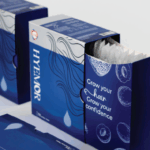Most of us don’t have the time to do grocery shopping daily to get fresh products. So we end up buying everything at once and stash them in the refrigerator. But sadly, after a few days, we notice that everything had already rotten even when we keep in the refrigerator! Who wants to use wilted vegetables, bruised fruit, moldy tomatoes and potatoes and rotten bananas? What a waste.
Leafy greens should be consumed within 1-2 days of purchase to ensure both freshness and that you are getting all the nutrients out of them you can. What if we tell you that there’s actually a way to keep the vegetables fresh more than two or three days?
This housewife shares her tips on how she keeps all vegetables and stay fresh even after 2 weeks! It’s so incredibly satisfying to see your green vegetables still crunchy and fresh even after quite a long time. This technique saves you time and money too, which are two things that Malaysians love! Let’s see how she is doing it.
Table of Contents
Step-by-step to store vegetables
1. Soak the vegetables
Once you’ve bought vegetables, don’t straight away stash them in the refrigerator. You need to wash and soak the vegetables with water. Pro tip and trick here is, gather all the vegetables and put them in the kitchen sink. Fill the sink with water and let them soak for about 5-10 minutes.
For spinach, normally the leaves are covered with sand, so soak them separately and don’t cut the bottom of the spinach. Cut them once you want to use to ensure the vegetable stay fresh.
2. Add salt
After you wash all the vegetable, sprinkle some salt over the vegetables and let them soak for over 5-10 minutes. Salt is a great agent to wash out remaining chemicals or pesticide.
3. Rinse
Once you have done washing and soaking the vegetables, make sure you rinse it completely. Let it dry for about 5 minutes before you store it.
4. Store in an airtight container
To maintain the freshness of the vegetables, store them in an airtight food container to keep the humidity of the vegetables. For a cheaper option, you can use a ziplock bag. Humid climate provides enough moisture for mold to grow. Airtight food containers will prevent it from happen and keep your vegetables fresh.
The result after 2 weeks
Tada! All the vegetables are still fresh like you just got from the market. Hard to believe right? No more going back and forth to wet market just to stock up your vegetables. You can now buy in a bulk, apply this technique and no need to worry about the wastage food anymore.
What about seafood?
Most refrigerators at home are set up around 4 celcius and at this temperature, raw fish or seafood can be stored for two or three days maximum. To keep the freshness of the seafood, you tend to buy in a small quantity. Can we solve this problem? There are a few things you can do to extend this and keep the seafood as fresh as you got it from the market.
Squid
To store squid, firstly you need to wash them and add a spoon of sugar or depends on the portion of the squid. Sugar will help in keeping the squid stay fresh and you’ll notice that the squid remain soft and silky even after a few days. The sugar will not affect the texture of the squid. Once you want to use, take them out and rinse with water.
Prawn
The method is similar with squid. You need to wash them gently and make sure they are completely clean. Sprinkle some sugar before you store them in the freezer. If you don’t like to put sugar, you can substitute it with water. Soak prawn in water and keep them in the refrigerator.
Fish
To keep the freshness of the fish, you can cut them into several parts, put in a food container and store them. The tricky part is, don’t wash or clean the fish! Don’t worry, all the blood stains will not affect the taste of the fish. Clean them once you want to cook.
Kitchen tips and tricks:
Capsicums and tomatoes
You’re doing it wrong if you keep capsicum and tomato in the refrigerator. As these both vegetables are fragile, they need to be stored in a room temperature place. Capsicum and tomato will turn mushy and slimy if you put them in the refrigerator due to the temperature.
Separate onions and potatoes
The trick here is you have to store onions and potatoes separately. Not many housewives know this tips and they just stash them on the shelf. The reason is that onions and potatoes can release moisture and gases that will cause the other to spoil faster. Remember to keep them in a dark place.
Broccoli
Broccoli needs water. To keep broccoli fresh and crispy, lay it out on a damp paper towel or fresh cloth wipe. Roll up the broccoli within the wet paper and put it in a glass of water. Change the water frequently so does the wet paper.
Carrots
To avoid that dried-out look old carrots, first, you need to chop off the leafy greens. Carrots do best with moisture, so store them in a container filled with water, seal with plastic wrap and stash them in the refrigerator. You can wrap them in bubble wrap before stashing in the fridge as it will allow just enough moisture to reach the carrots if you prefer not to soak them in water.
Berries
Before you store them, wash strawberries, raspberries and other berries with a mix of vinegar and water, the ratio is one part vinegar and three part water (1:3 ratio). Vinegar is a great agent to disinfect mold, which can lengthen shelf life by weeks! Then, rinse the berries with water and dry thoroughly.
Avocados
Avocado is really delicious and a good source of protein. An unripened avocado should be placed in a thick paper bag or wrapped in newspaper. Then you can keep at room temperature and wait until it’s ripe. After this point, you can place it in a plastic bag and store in the refrigerator.










